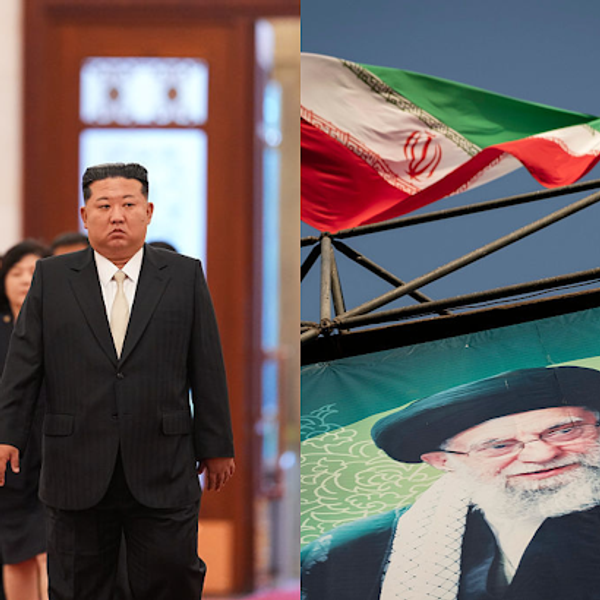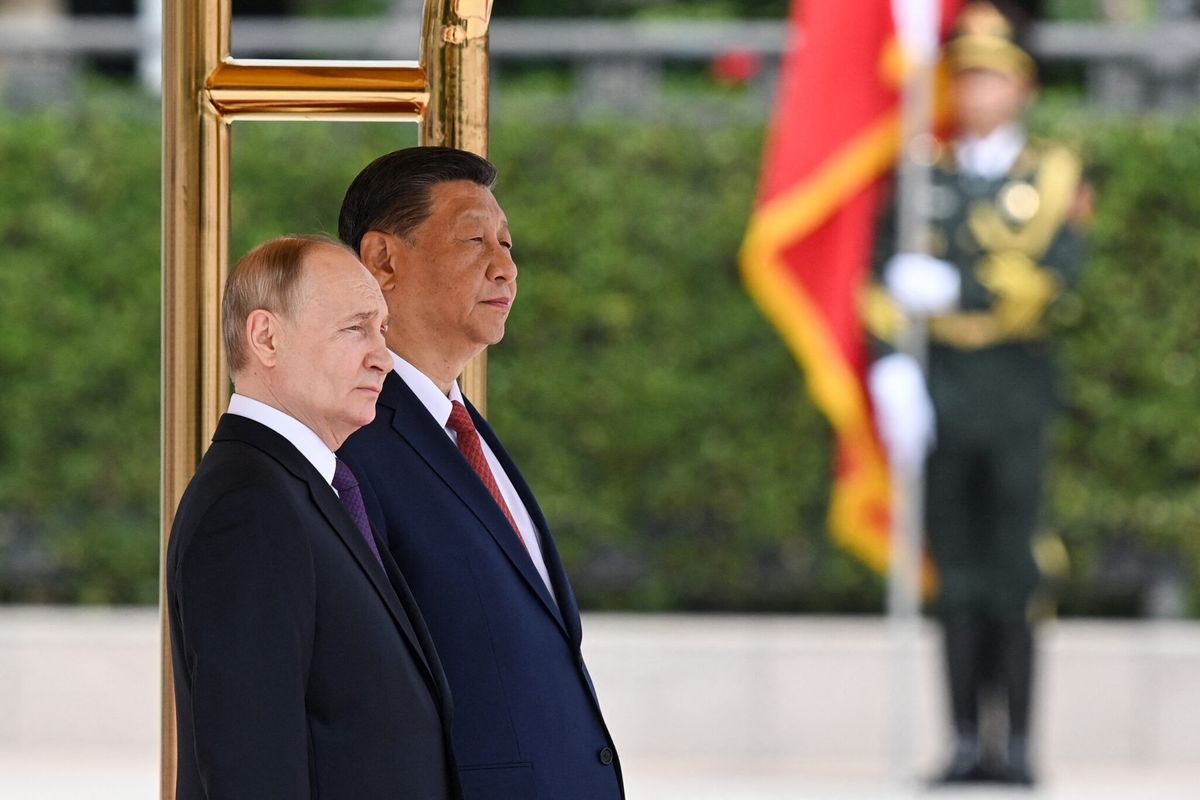Editor’s Note: The North Korean test on Tuesday of what is believed to be an intercontinental ballistic missile, capable of hitting Alaska, has the U.S. and the rest of the international community grappling with what to do to stop Pyongyang’s nuclear program. On June 6, Walter Pincus, in his Fine Print column, discussed what the U.S. has been doing to defend against any threat from North Korea.
Last Tuesday’s successful American missile defense test against an ICBM re-entry vehicle, launched toward the U.S. from a South Pacific atoll, has been described as showing protection from a possible future North Korean nuclear missile threat against the homeland.
However, in that test, the Pentagon did not use some of the actual alerting and targeting radars that would be employed should Pyongyang ever try such an attack.
During a Pentagon briefing last Wednesday, Vice Admiral James Syring, director of the Missile Defense Agency (MDA), admitted the May 30 test was held in the “eastern two-thirds of the Pacific where we don’t have TPY-2, the Japan radar coverage that we would use against a country like North Korea for detection.”
There have been two TPY-2 radars in Japan since December 2014, whose sensors provide surveillance of North Korea’s ballistic missiles in the boost phase of their trajectories. The radars acquire, track, discriminate, identify, and estimate trajectories, and all of which is passed along to other radars and firing controllers.
Syring told reporters, “If it were an operational scenario [against North Korea], the TPY/2s in Japan would play heavily in that. The radar in Alaska, today at Clear [Air Force Base], would play heavily into the intercept solution – and the overhead sensors as well.”
At Clear Air Force Base, the MDA is installing a system called Long Range Discrimination Radar (LRDR) that will be capable of differentiating between warheads, debris, decoys, and other objects within a ballistic missile threat cloud. When completed in 2020, it will be integrated in the overall battle management system and operated in conjunction with interceptors associated with the Ground-based Midcourse Defense (GMD) system.
The “overhead sensors” that Syring mentioned include the SBIRS satellite system, whose sensors from space collect infrared surveillance information— i.e. launching—and transmit that down to ground stations. These stations are operational and worked in the Tuesday test, as they do today during North Korean missile launches.
It’s worth pointing out that when Pyongyang tests shorter-range missiles, they could be attacked using existing radars and other systems, such as ship-based anti-missile Aegis interceptors, which are based closer to North Korea and already on station.
In Tuesday’s test, one radar used was Wake Island's TPY-2; another was a Sea-Based X-band radar (SBX) positioned in the Pacific Ocean. Together they acquired and tracked the target and helped discriminate decoys, with both providing information to the GMD intercept system.
Unsaid was these radars and other facilities used in the test could be employed were ICBMs launched from China.
What last week’s test showed is the U.S. is far ahead in preparing to defend against a potential North Korean ICBM threat to the American mainland, than Pyongyang is in acquiring reliable ICBMs and nuclear warheads that would make such an attack credible.
The U.S. has spent $190 billion on missile defense over the past 32 years and is seeking another $7.9 billion for the Missile Defense Agency in fiscal 2018. Within that package is some $828 million for GMD, some of which will expand the long-range capabilities of 44 interceptor missiles based in Alaska “to improve protection against North Korean and potential Iranian ICBM threats as they emerge,” according to the Pentagon budget request.
In the latest test, there was a single target re-entry vehicle, accompanied by decoys, that was hit by a single interceptor in the mid-course phase of its flight at a point northeast of Hawaii, according to Syring.
Syring defended the test as valid in a real world situation despite the fact that it was known the test was coming on May 30 within a certain time frame. That was because to carry out the test, the U.S., for public safety reasons, had to shut down large parts of the ocean via announcements to mariners, ship traffic, and air traffic.
Nonetheless, Syring said, “The overhead assets [satellite systems] would detect that launch and would queue the entire system to then generate the weapon tasking order to the GMD system that would then queue the interceptor to launch to intercept the target…if it had been a North Korea launch. Nothing was different.”
Although President Donald Trump has threatened possible U.S. military action should Kim Jong-un test an ICBM that could reach the U.S. or hold a sixth nuclear test, the reality is that the Pentagon is already preparing to defend against North Korea having both those capabilities.
North Korea’s nuclear weapons program has been a cat and mouse game for decades between our two countries. It started when the Eisenhower Administration in 1958 introduced American nuclear missiles, bombs, and artillery into South Korea in violation of the July 27, 1953 Korean War armistice agreement.
Since that time, the North Koreans have been seeking their own nuclear weapons and a means of threatening the U.S., even after the U.S. nuclear weapons were removed from South Korea in 1991 during the George H.W. Bush Administration.
Threats continue to go back and forth between Pyongyang and Washington.
But the truth is that while North Korea has nuclear weapons and may in coming years have a means to threaten Washington with their use, the Pyongyang regime’s goal is to survive. That means using its nuclear stockpile as a deterrent to any attempt to overthrow it or disarm it by military force.
A continuing armed standoff or a diplomatic understanding is for now the only rational solution.








